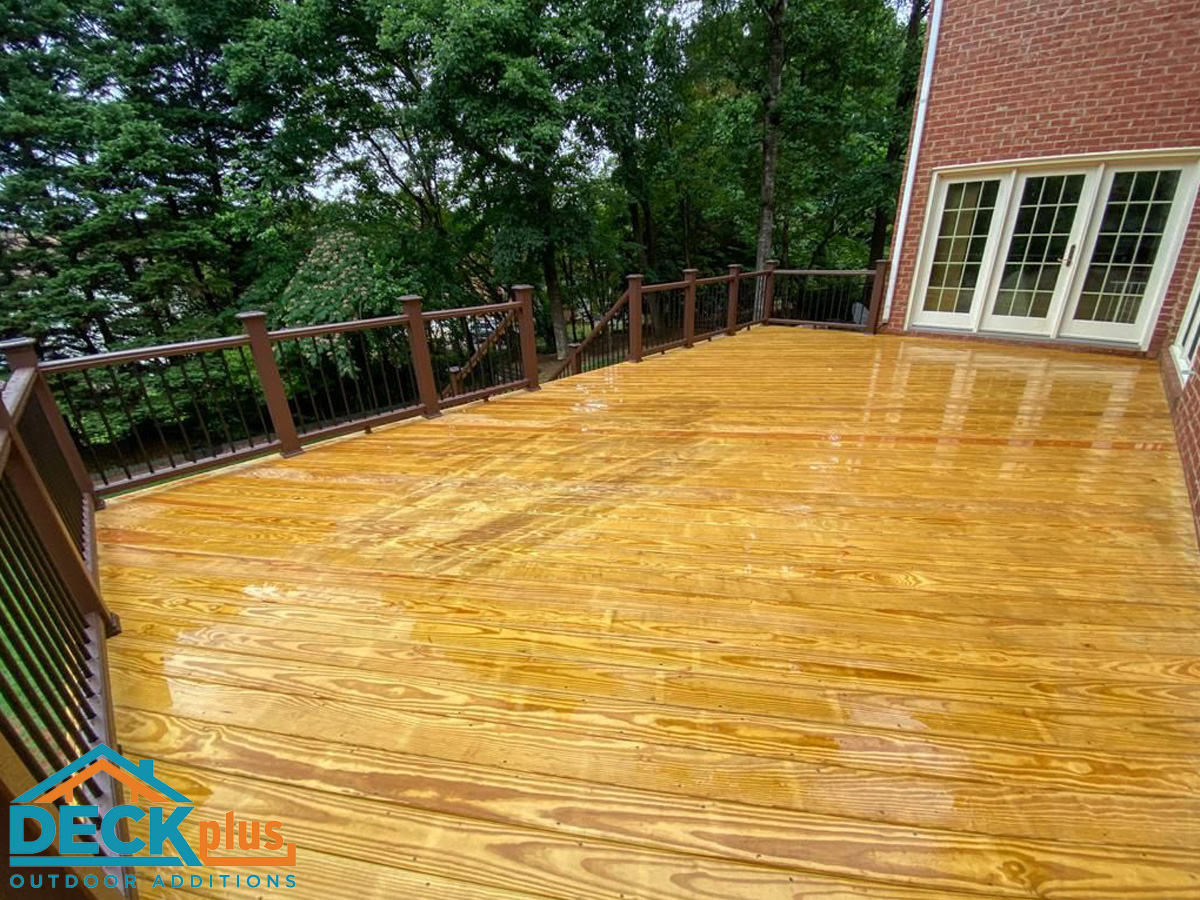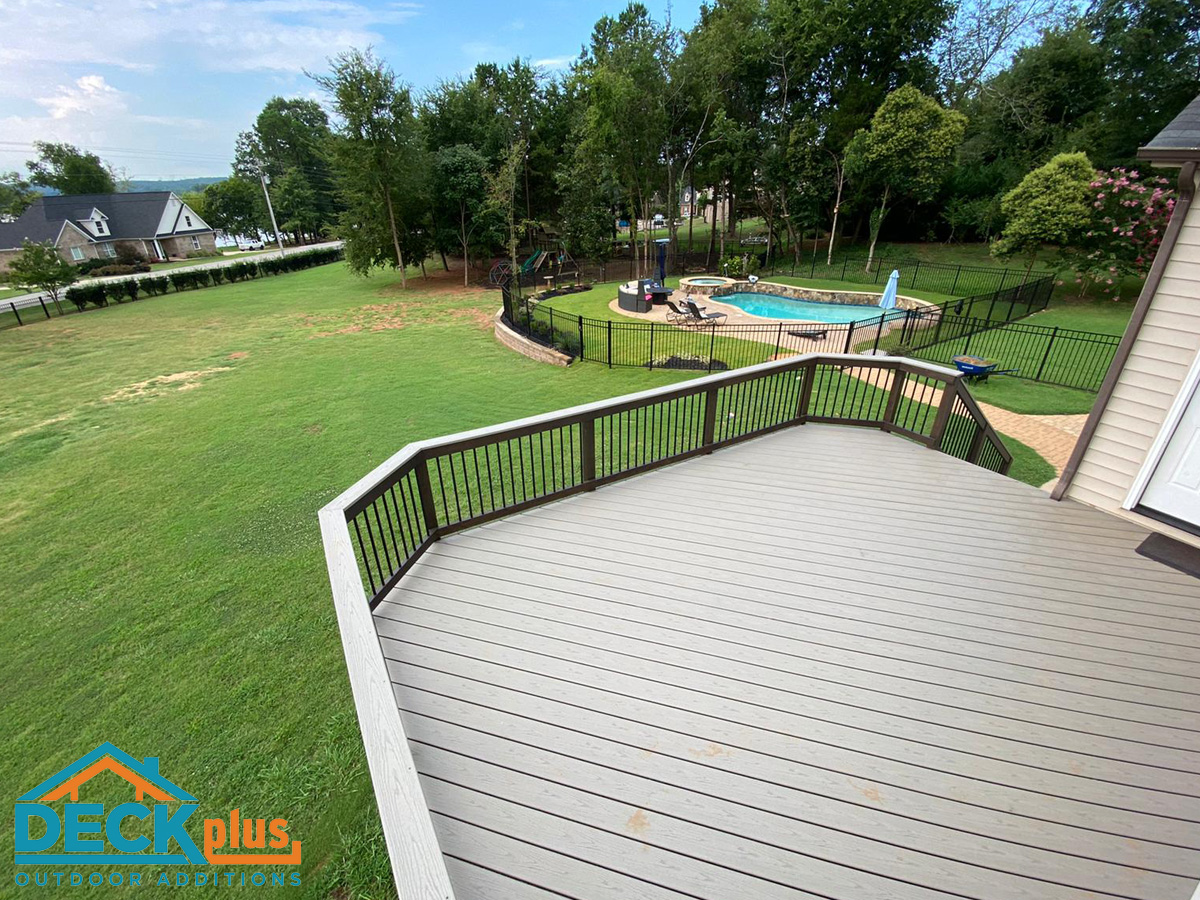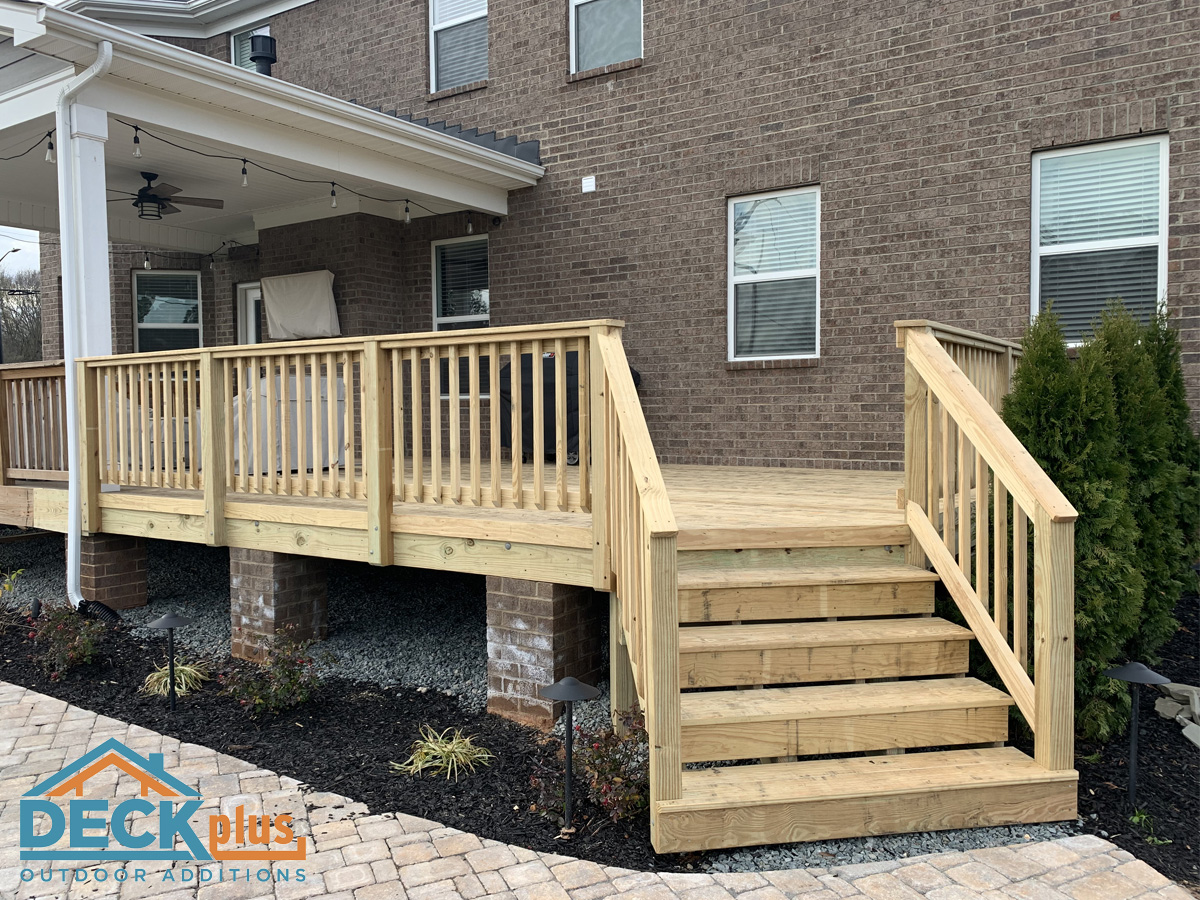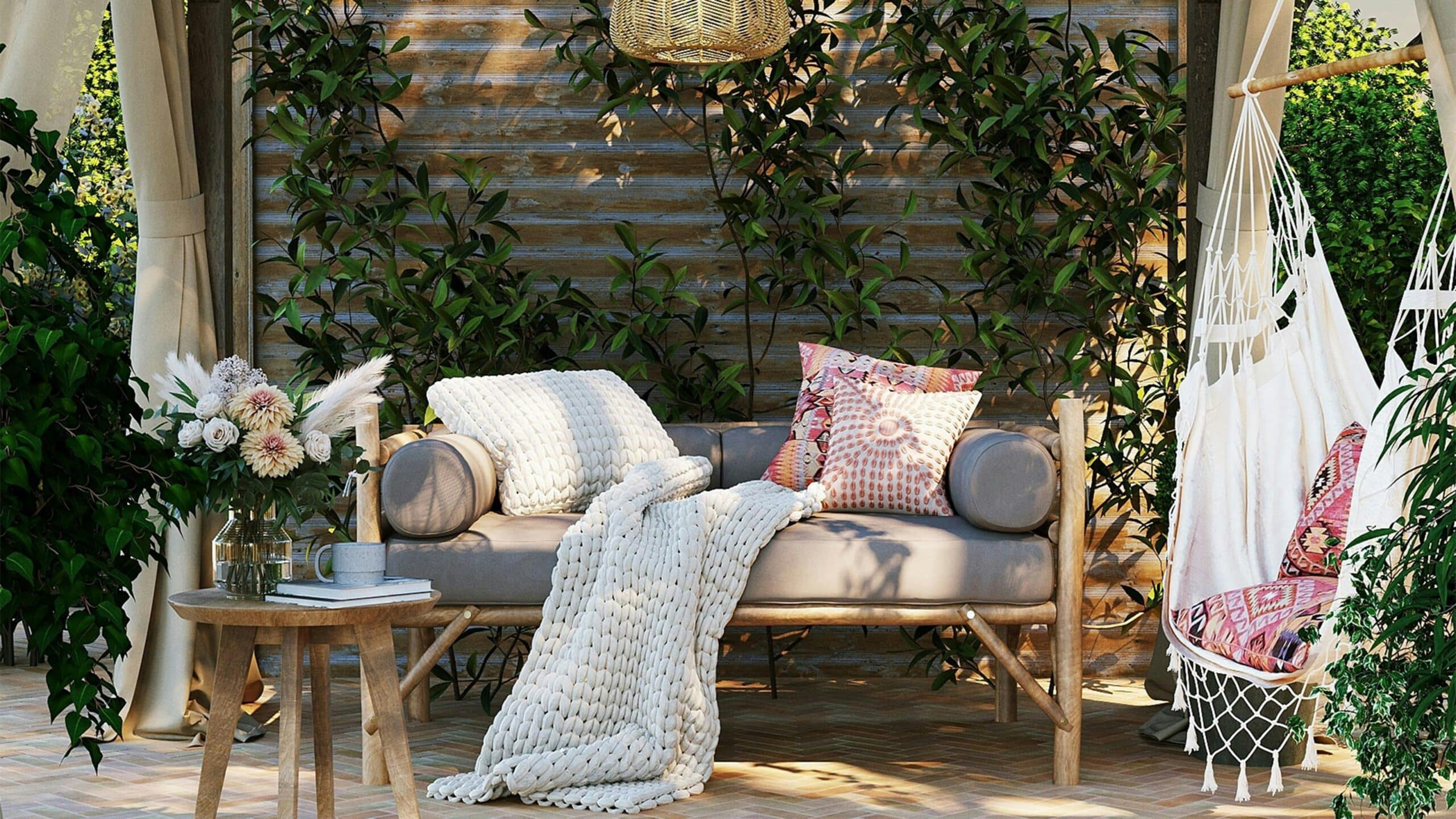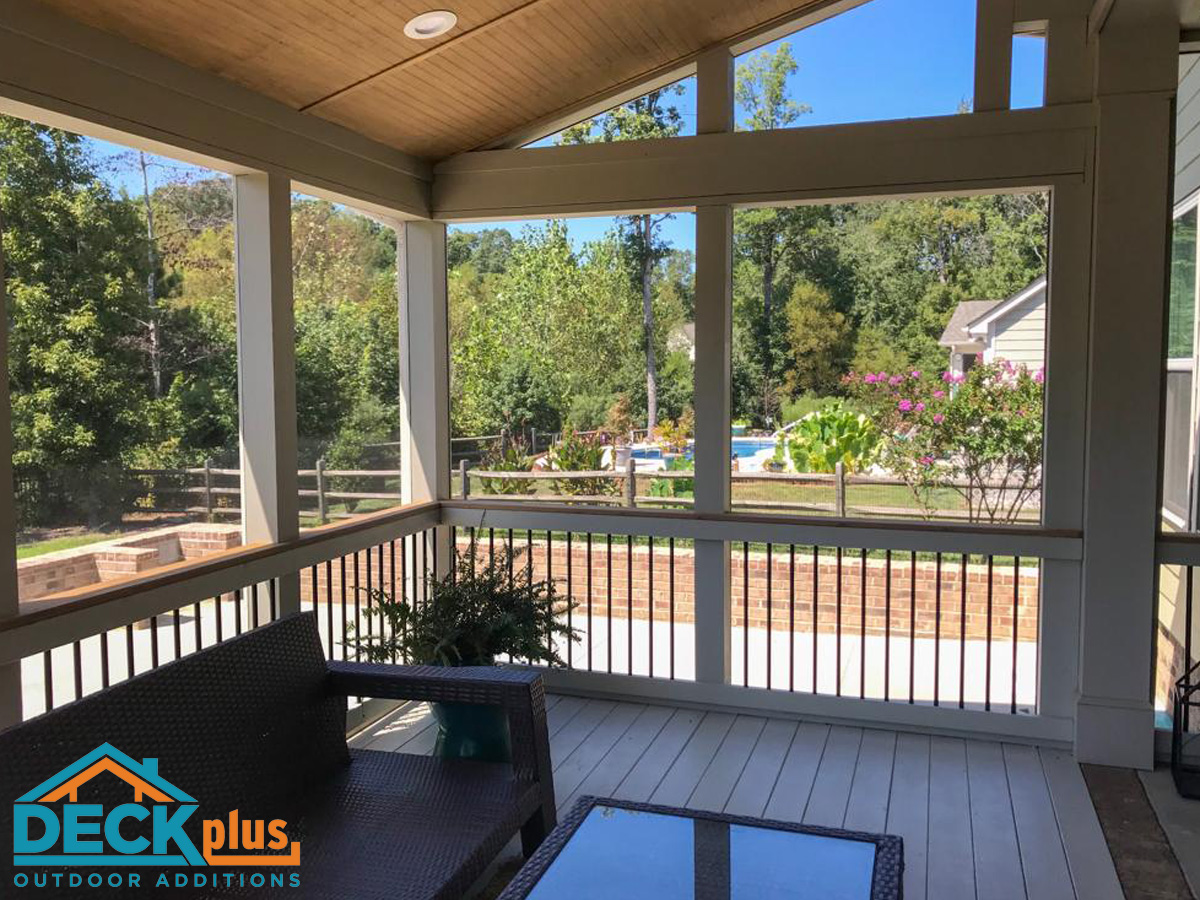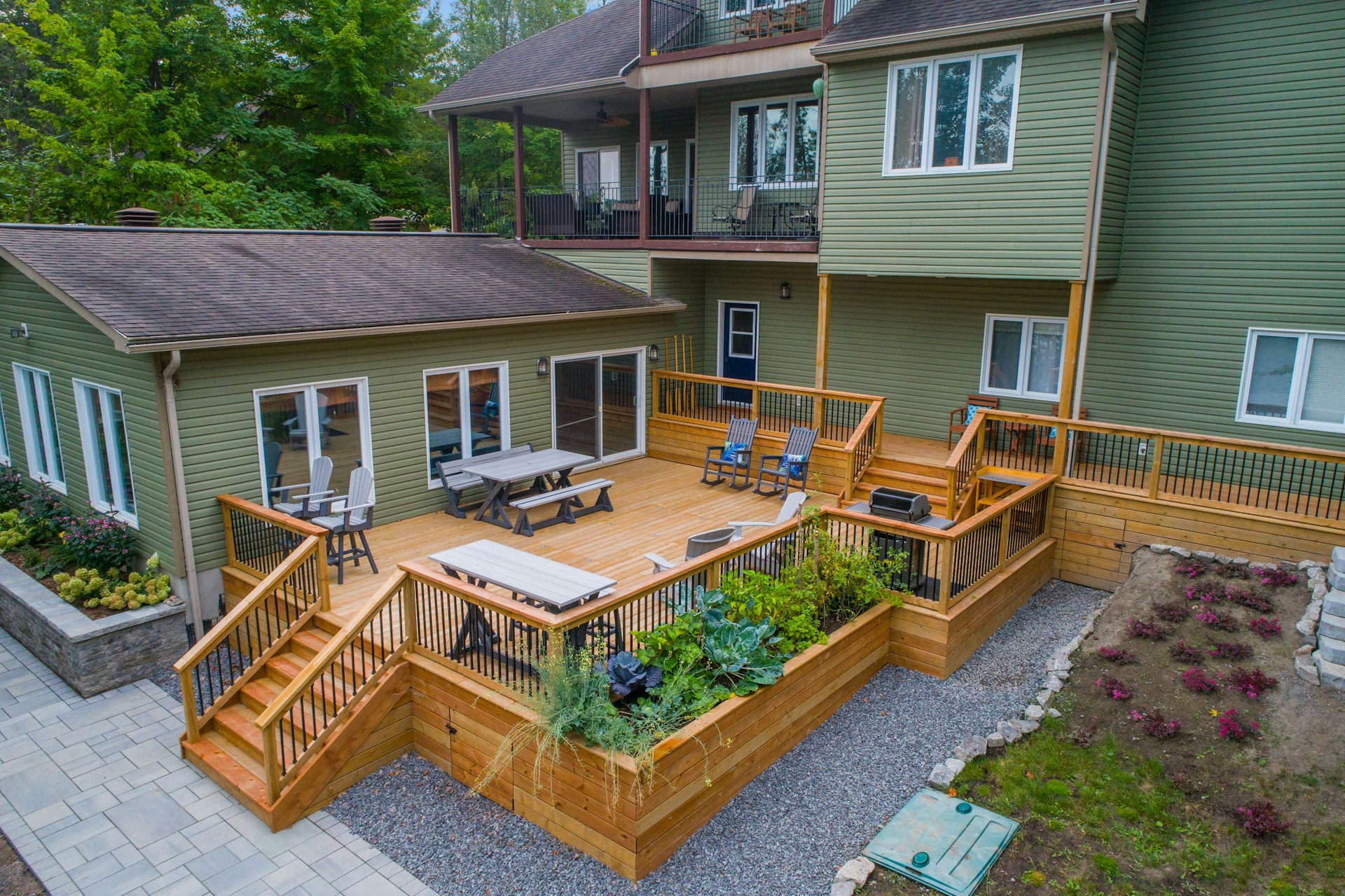The Backyard Deck – A Classic American Outdoor Living Space

When you look back on the cherished memories you have spending time outdoors with friends and family where did most of those moments take place? Chances are, a backyard deck is the first place to come to mind. Nearly every home in our neighborhood had a deck when I was growing up. I remember having barbecues on the back deck with my family while all the kids caught fireflies in a jar. I fondly remember my Mom bringing popsicles outside on the deck to cool us off after a long summer day of play. I can also recall family reunions, birthday parties and a wealth of my life’s truly “special” moments centered around that simple wooden appendage called a deck.
Today, families are still creating memories and celebrating milestones on their backyard deck. Although the popularity of the American backyard deck has remained for decades, the deck itself has evolved tremendously. I think it was Theodore Roosevelt that penned the phrase “The more you know about the past, the better prepared you are for the future” and this is certainly true when we look at the evolution of the deck.
The History of the Backyard Deck
Did you know it wasn’t until the 1950s and 1960s that the backyard became the focal point of recreation and relaxation as it is known today? Up until then, here in the US, the backyard served the practical purposes of sustaining and supporting the family. Families kept livestock such as cows, chickens, and pigs in their backyard. This often resulted in a backyard filled with unpleasant odors and conditions making it an unattractive spot for any kind of respite or relaxation.
Over time, our outdoor environment evolved from what once had been an area to help sustain the household, to a place of leisure and relaxation. America began to change when households shifted from being self-contained to consumers, supporting the local economy through shops and stores. Other factors that changed our backyards were the advent of indoor plumbing and expanded knowledge of sanitation. This resulted in moving the livestock out of the backyard and into the barn!
Charting the changes of how Americans embraced their outdoor spaces began during the late 1800s when families would relax after a meal on their front porch. Looking ahead into the early part of the 20th century, with the invention of the radio in the 1920s, families would then gather around the radio in the living room to listen to the evening’s entertainment.
With the advent of motor cars, automobiles became a part of our daily lives. Early models were prone to blowing up, so garages were placed to the rear of most properties taking up part of the backyard. The garage eventually became attached to the house in the 1950s, which freed up space in the backyard. The backyard evolved from a practical space to becoming our refuge. This new vision became the ideal of having your own little piece of green space behind the house for relaxation and play.
We really have no record of who actually invented or takes credit for the concept of the deck itself, however, evidence suggests that patios were used in ancient Israel. These patios were within courtyards or on rooftops. They were used for leisure and entertainment. We can only guess that since necessity is the mother of invention, the concept of other outdoor “living” spaces stemmed from these early structures. Just as the porch did in the front of the house years earlier, decks became a key element to our homes, defining our backyards.
The Evolution of the Backyard Deck
Decks really started to come into their own in the early 1980s when homeowners began to think about decks as an extension of their interior living space. Early decks were usually a simple 8 x 10 ft. wooden platform. However, the idea of integrating interior elements outside gained popularity as a result of our more active, outdoor lifestyle. The popular trend of outdoor cooking made the deck an extension of the kitchen. Instead of a simple grill, today’s deck can now include an outdoor kitchen equipped with a cooktop, sink, refrigerator, and much more.
Today’s decks also come chocked full of amenities that enhance your spatial capabilities and outdoor enjoyment. Amenities such as lighting, shade structures, integrated seating, planters, drinks rails, and storage areas free up traffic flow and offer convenience. Convenience is especially the case when it comes to today’s low-maintenance decking options, too.
The Advent of Low Maintenance Decking
Low-maintenance decking changed the game when it comes to the longevity of the backyard deck. This decking requires minimal maintenance and delivers protection from degradation among other benefits Believe it or not, synthetic decking has been around now for nearly 3 decades! The industry has grown and evolved quite a bit over that period of time.
We watched the first evolution of synthetics come onto the scene, referred to as first-generation composites. And just as the name implies, this decking was composed of a combination of wood fibers and plastic. The term composite is commonly used among all genres as the name we are most familiar with in terms of low-maintenance decking.
Then came capstock decking. Capstock low-maintenance decking has a composite core surrounded by a stronger polymer shell (or cap). Some capstock decking boards are protected on 3 sides and some have the polymer shell on all 4 sides. This shell provides the benefit of stain, fade, and scratch resistance. It has all of the same protection as a composite in that it resists mold and mildew along with moisture damage.
Finally, is Solid PVC decking. This decking offers the most protection and strength because it is not composed of any natural materials. However, some manufacturers utilize recycled materials as part of the makeup of the board making it more eco-friendly. While intuitively, natural materials such as wood may seem desirable, solid PVC eliminates all of the maladies that befall wood or wood fibers.
Today’s Backyard Decks are Better Than Ever!
Today, the backyard deck can be customized to fit an individual’s lifestyle and needs, just like any other space in your home. We proudly offer Trex low-maintenance decking among other high-quality manufacturers. Here at Deck Plus, we believe the backyard deck should be designed to blend naturally with your home and surrounding property. Our custom wood and low-decks are so versatile in their design and entertainment value, that they have become the outdoor great room where one can curl up with a good book, dine, swing in a hammock, or just gaze at the stars. Today’s multifunctional deck does it all, from being a stand-alone structure or as a key element in an outdoor living combo environment.
Contact Deck Plus today to learn about all our amazing custom deck designs. We look forward to speaking with you!
Contact Us Today
- Mooresville
- Cornelius
- Huntersville
- Davidson
- Concord
- Charlotte
- Steele Creek
- Waxhaw
- Weddington
- Matthews
- South Park
- Myers Park
- Indian Trail
- Monroe
- Cotswold
- Fort Mill
- Indian Land
- Rock Hill
- Mooresville
- Cornelius
- Huntersville
- Davidson
- Concord
- Steele Creek
- Weddington
- South Park
- Myers Park
- Indian Trail
- Monroe
- Cotswold
- Rock Hill
- Mooresville
- Cornelius
- Huntersville
- Davidson
- Concord
- Charlotte
- Steele Creek
- Waxhaw
- Weddington
- Matthews
- South Park
- Myers Park
- Indian Trail
- Monroe
- Cotswold
- Fort Mill
- Indian Land
- Rock Hill
- Mooresville
- Cornelius
- Huntersville
- Davidson
- Concord
- Steele Creek
- Weddington
- South Park
- Myers Park
- Indian Trail
- Monroe
- Cotswold
- Rock Hill


